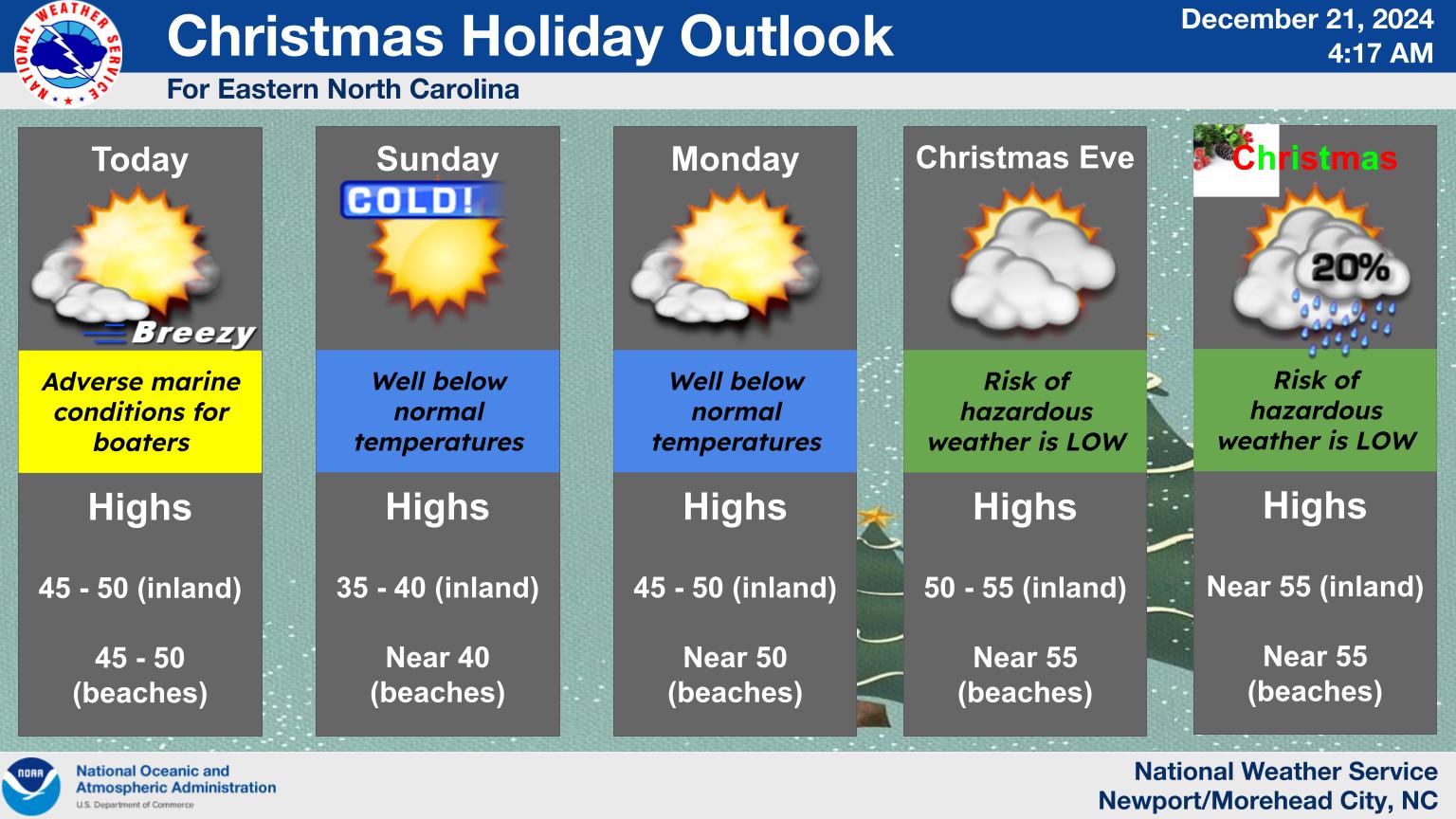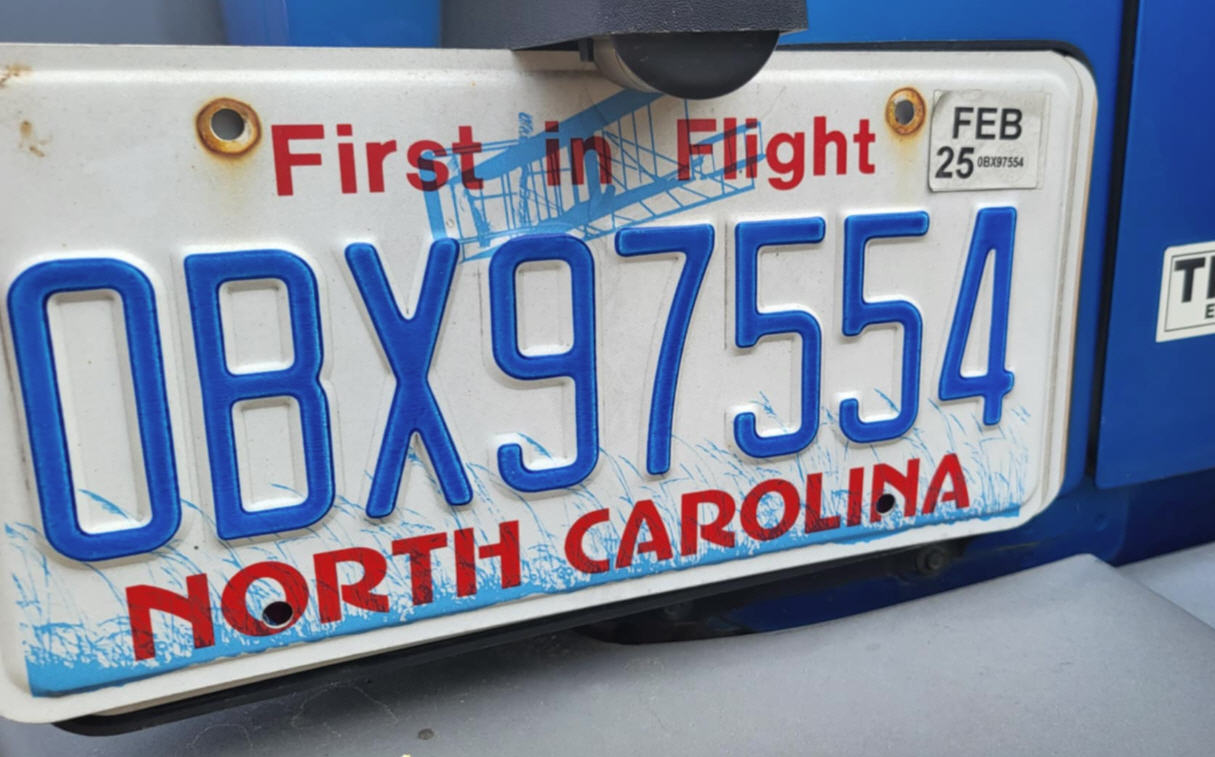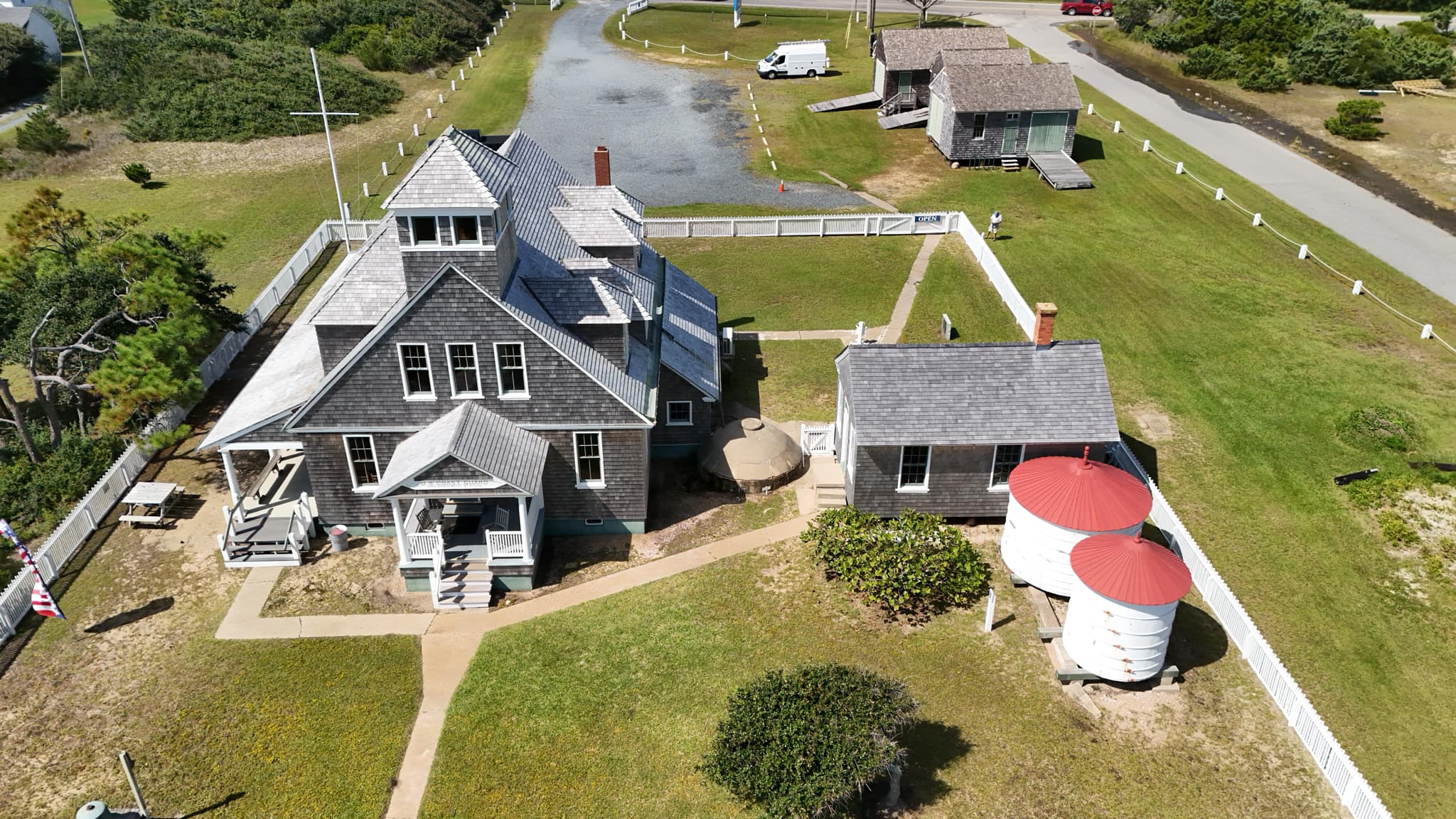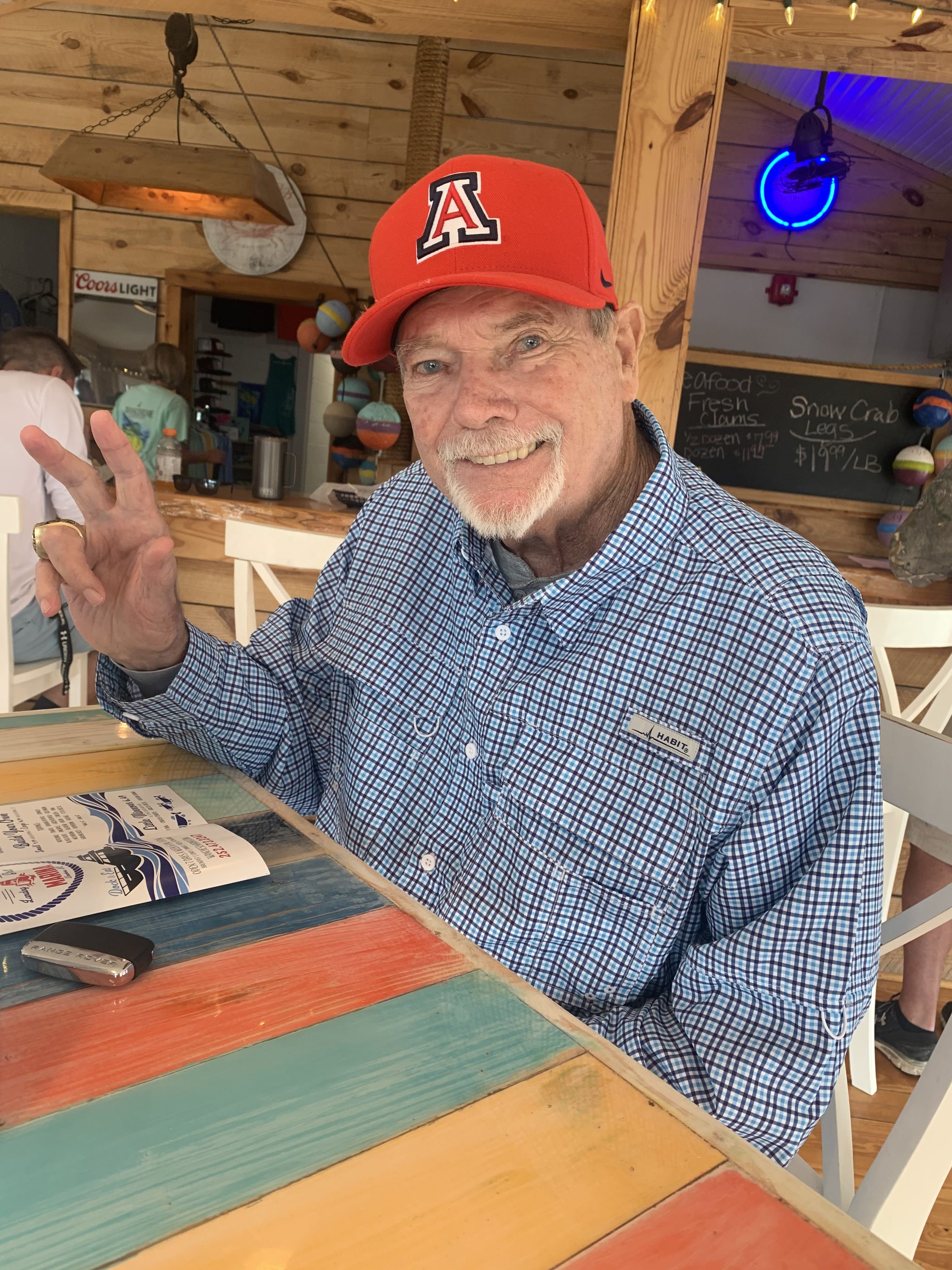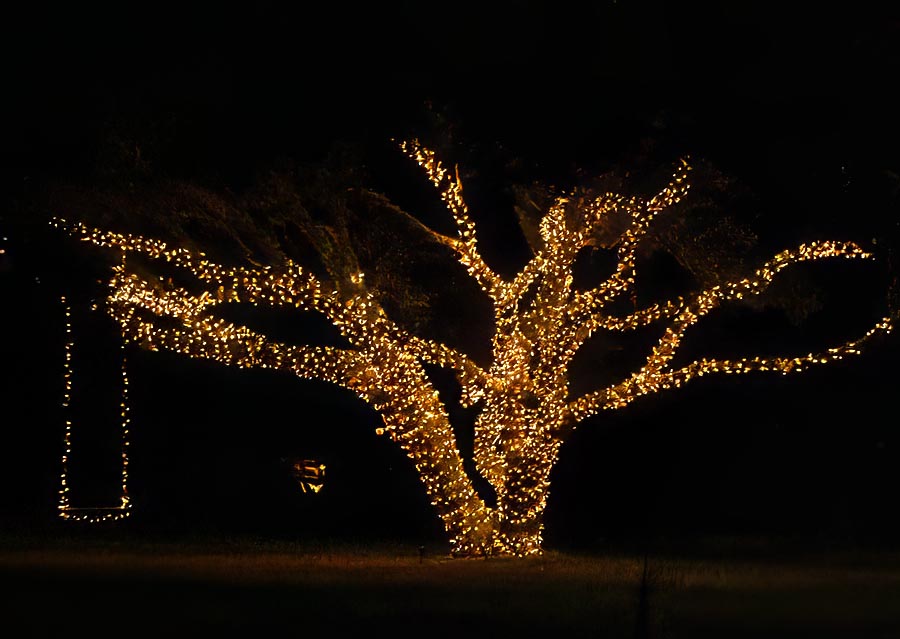Thousands of Bees Relocated From Their Surf Shop Residence to a New Home …WITH SLIDE SHOW
The first sign that something was amiss was the presence of quite a few bees buzzing in and out of a little hole in the shed. “Once you got closer, you could definitely hear the buzz of a ton of bees,” says Carol.
As it turns out, their shed – which usually serves as Scott’s surfboard shaping room – had been converted into a residence for roughly 9,000-10,000 honey bees that decided to make a home just below the surface.
Scott and Carol called resident Hatteras Island Wildlife Rehabilitator Lou Browning to determine what to do next, and in turn, he put them in contact with two certified local beekeepers – Kenny Brite and Ken Randall.
“I’m in my second year [of beekeeping] and Ken Randall is on his fourth,” says Kenny. “There’s a couple of other people on the island who work with bees, but not too many… But we’re going to try to change that.”
Kenny and Ken went to the Buxton site to excavate the hive, and after maneuvering past the underpinning at the bottom of the shed, they started to remove the combs one by one with a knife. The combs were then transferred to frames, and then stacked carefully in a box so they could be reestablished in a new residence that was a bit more appropriate.
And the entire process – which took a couple hours – drew quite the crowd to the surf shop.
“When they started taking the honeycombs and putting them in the bee box, it took about two hours,” says Carol. “But it was really something to watch. The honeycombs the bees make are so perfect, and you could see the different stages of bee larvae inside the comb too – So there wasn’t just the bees themselves, there were also the ‘bees to be.’”
Several employees at the shop called their friends and their kids to see the endeavor, and Kenny estimated that there were about 12-15 people who were watching the move the entire time.
And even though the bees weren’t planning on having a moving day, they were very adaptable to the situation. Both Kenny and Ken got stung once, and there were no other bee-related casualties.
“Ken took the combs off with his bare hands, and handed them to me,” says Kenny. “They were gentle enough, and it was really easy.”
“These bees were nice girls… some girls aren’t so nice,” he adds.
Occupying a roughly 14” x 16” space under the shed, Kenny estimates that there were at least 9,000 bees total excavated from the site, and that the hive had been hanging out at the surf shop for roughly 3-4 months.
And though it may seem initially odd that thousands of bees could be hanging around with no one the wiser for months at a time, it’s actually not as unusual as it sounds.
“Honey bees only need about 3/8” of space to get inside,” says Denise Deacon, President of the Outer Banks Beekeeper’s Guild, which is a local chapter of the North Carolina State Beekeepers Association. “They can get into a dryer vent, a hole in the ceiling – things like that.”
“Basically, they find a cavity, go back to the swarm and do their dance, and entice others to come with them and check it out,” she says. “Once they decide it’s a great spot, they go back and everyone follows them, and they start building the comb.”
Now that the bees have been removed from the surf shop shed, Kenny and Ken hope to move them to the corner of a property in Buxton that has been generously donated by the owner as a temporary bee haven.
“We can do a nice-sized apiary there,” says Kenny. “I had two [hives] this year, and Ken had three, but we would like to have at least 15-18 between the both of us. In fact, it wouldn’t bother me to have 50 hives over the next few years, as long as it works.”
Hives generally dwindle by 50% over the winter, so having a steadily growing population is key to keep the bees going.
And as many people know, there’s a lot of great benefits to having a bunch of bees around.
“There are so many uses [when it comes to bees],” says Kenny. “Honey, pollen, wax, Propolis – which is used to treat minor wounds… There’s a lot of benefit just from what comes out of the hive, which is not even considering the pollination benefits for everybody.”
Denise of the Outer Banks Beekeepers Guild concurs that bees are instrumental for literally any area.
“The honeybees are responsible for pollinating a third of what we eat daily,” says Denise. “In our area where there’s not much agriculture, they are still helpful with backyard gardens. There are 175,000 species of plants that need pollination – Honey bees, in addition to native bees, are the ones that take care of that for us.”
And the benefits of having hives scattered across the island is that multiple areas can reap the benefits.
“Honey bees will travel anywhere from 3-5 miles from their hive,” says Denise. “…And they are needed for the reproduction of 90% of the flowers on our planet.”
And if Kenny and Ken’s beekeeping efforts continue, there may be some added benefits on the local foodie scene as well.
“This year, we’re just trying to make bees… But we’re forming ‘Hatteras Island Honey Works,’ and maybe next year, we’ll start having some honey on the market,” says Kenny. “There are about 25 people right now begging for honey, and we don’t have it yet, but we will do our best.”
Chances are, the next hives that Kenny and Ken acquire won’t be from an impromptu removal from a local structure.
But as for the recent Buxton excavation, the scene itself was more than enough to fascinate onlookers -and to help spread the word that bees are pretty darn amazing.
“We try to educate people on the Outer Banks about how important all of our pollinators are,” says Denise. “The whole marvel of the colony and what they can do is outstanding, and I’m so glad there were onlookers [at the excavation] to see how amazing bees are.”
“It was a really cool experience for everyone involved,” says Carol. “And it was definitely the most exciting thing to happen here all day, that’s for sure!”
CLICK HERE TO VIEW SLIDE SHOW





